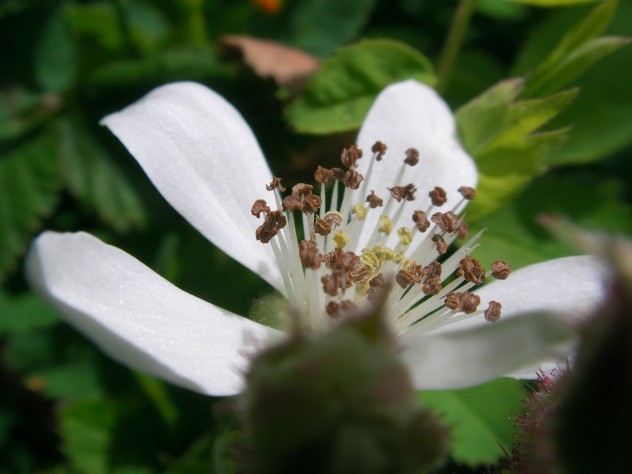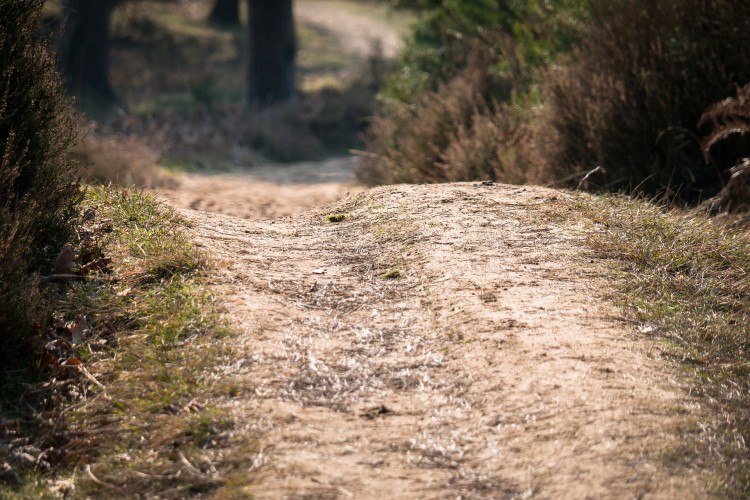I’m really pleased to be a part of the Place-Based Education (PBE) Thought Leadership Campaign at GettingSmart. My first contribution to the campaign looked at the role of imagination and relationships in PBE; read it here. This post is about assessment in the context of place-based and imaginative learning:
Assessment of learning is a complex and sensitive process. In the context of place-based education, or PBE, it becomes even more challenging.
Why? Because the principles of emotional and imaginative engagement that shape PBE should also influence assessment practices.
As educators concerned with our students’ emotional and imaginative engagement with the curriculum and with place, we need to ask ourselves some difficult questions:
- Do our assessment practices acknowledge the emotional and imaginative lives of our students?
- How are we determining if our students have fulfilled curricular outcomes through their place-based learning?
- How do we know if our teaching is supporting the development of their ecological understanding?
 PBE is concerned with both the content knowledge of the curricular unit or lesson and students’ imaginative and emotional engagement with knowledge and place. Place-based imaginative educators seek to cultivate emotional connections with the natural world—how do we determine if these are being facilitated?
PBE is concerned with both the content knowledge of the curricular unit or lesson and students’ imaginative and emotional engagement with knowledge and place. Place-based imaginative educators seek to cultivate emotional connections with the natural world—how do we determine if these are being facilitated?
While one could use “standard” content-knowledge kinds of assessments to determine what students are learning, these assessments alone—and especially those created by you or someone else, ahead of time and without the input of students—will likely miss the mark when it comes to providing a rich image of student learning.
Our challenge as place-based imaginative educators is to find evidence of both students’ learning of content knowledge and the emotional and imaginative dimensions of their understanding.
…To read further (and see the GUIDELINES for assessment) click here.
Visit the Imaginative Ecological Education section of this blog for lessons, units, and resources. Also #getoutside with the Walking Curriculum. LEAVE A COMMENT? We would love to hear about your place-based practices!

